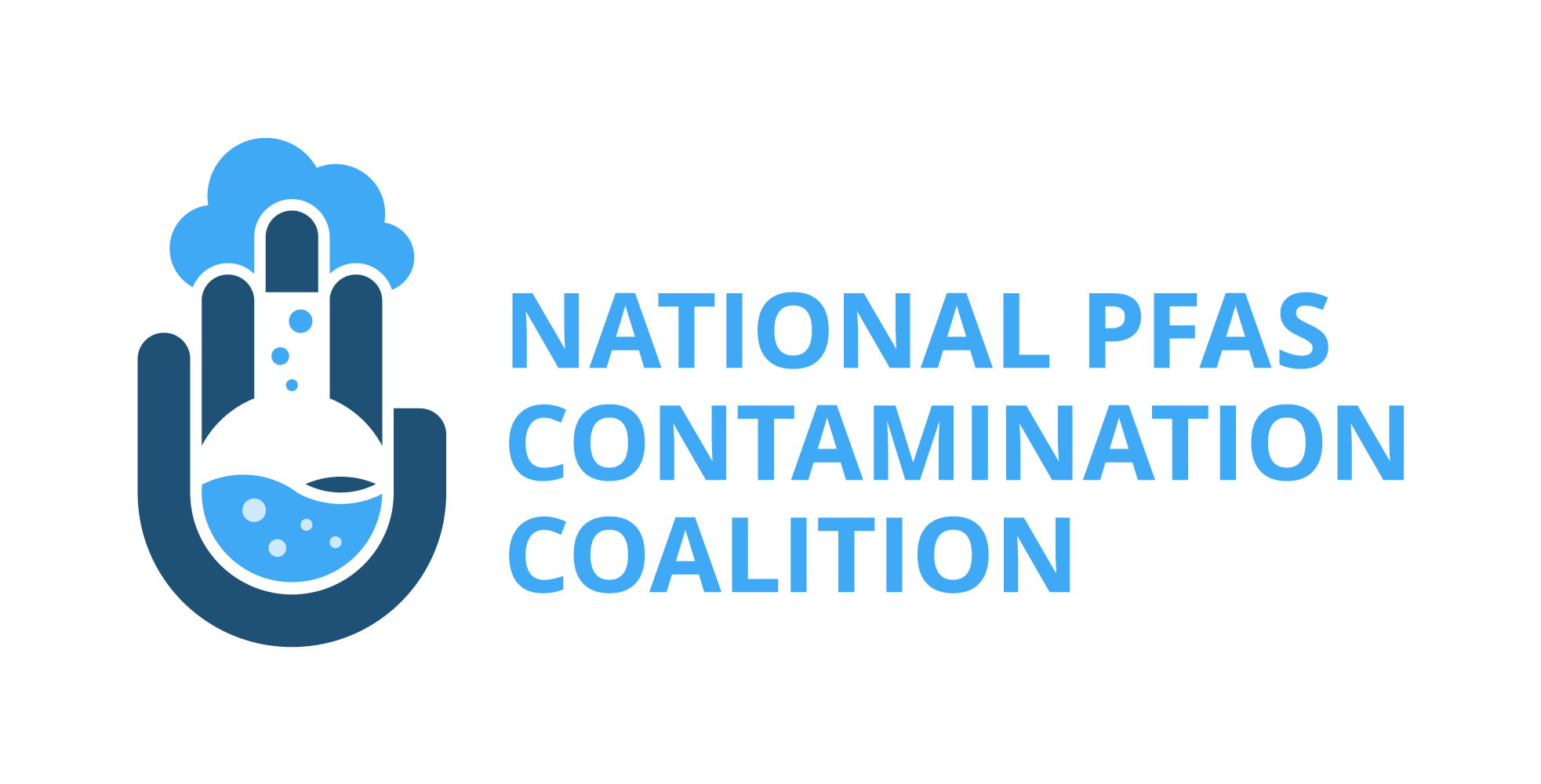For Immediate Release – 1/22/24
NATIONAL – As communities across the country continue to discover contamination from per-and polyfluoroalkyl substances (PFAS), the National PFAS Contamination Coalition criticized guidance released by the Agency for Toxic Substances and Disease Registry (ATSDR) for medical clinicians on PFAS exposure. Sandy Wynn Stelt, co-facilitator of the coalition expressed her concern with the updated medical guidance:
“It’s critical that doctors in our area are able to give proper treatment to everyone who has been exposed to PFAS, especially by recommending blood testing and medical monitoring. After working on this problem for years, we’re disappointed that this revised guidance fails to incorporate these established medical recommendations that could save lives.”
Two key elements are missing from the revised guidance issued by ATSDR: recommending PFAS blood testing and medical monitoring guidance. Both of these recommendations were included in a report issued by the National Academies of Sciences, Engineering, and Medicine (NASEM) in July 2022 but are not included in the medical guidance issued by ATSDR.
The ATSDR last issued medical guidance for clinicians in 2019. The National PFAS Contamination Coalition (NPCC) spearheaded efforts to create and adopt guidance, resources and training for medical professionals on PFAS contamination and has pushed for updated medical guidance from ATSDR. Andrea Amico, from Testing for Pease expressed her concern:
“The stakes are too high to get this wrong. We’ve advocated strongly for years for updated medical guidance that follows the science, will help inform providers, and provide guidance on how to monitor the health of those most impacted by PFAS exposure. I was disappointed to learn that the new ATSDR guidelines both omit key medical advice on this topic and fails to meet the needs of people exposed to PFAS. These guidelines fall far short of what’s needed.”
The Coalition questions the repeated failures of ATSDR to update medical guidance. NPCC Co-Facilator and Slingshot Co-Executive Director shared,
“What’s particularly frustrating is that ATSDR commissioned the National Academies of Sciences, Engineering, and Medicine to create a report on PFAS exposure guidance. Key recommendations from that report weren’t included in this guidance. Why would they not include guidance in a report they paid for? Communities affected by this toxic exposure want answers.”
Jennifer Rawlison of Newburgh Clean Water Project added, “Exposed communities have not only sacrificed their time participating in this process, but also our emotional and spiritual energy. Our concerns have not been recognized or heard within these guidelines, which makes our engagement feel extractive at the end of the day.”
PFAS refers to a family of over 12,000 human-made, largely unregulated chemicals that are nearly indestructible, and are highly mobile in air and water. PFAS remains in the body for years and is of concern because some are known developmental toxicants that have been linked to toxicity to the liver, immune and endocrine systems. PFAS are used widely to impart stain- and water-resistance to a variety of products including paper food packaging, textiles, cosmetics, and non-stick pans. PFAS are in 99% of American’s bodies, more than 80% of US waterways, and have been found in global rainwater at levels higher than the Environmental Protection Agency (EPA) lifetime health advisory.
In July 2022, the National Academies of Sciences, Engineering, and Medicine (NASEM) released a report (Guidance on PFAS Exposure, Testing, and Clinical Follow-Up) intended to inform Centers for Disease Control (CDC) clinical guidance regarding PFAS testing and medical monitoring. The report set the first recommended clinical guidelines for PFAS blood concentrations and also identified disorders that have sufficient evidence linked to PFAS exposure.
###
